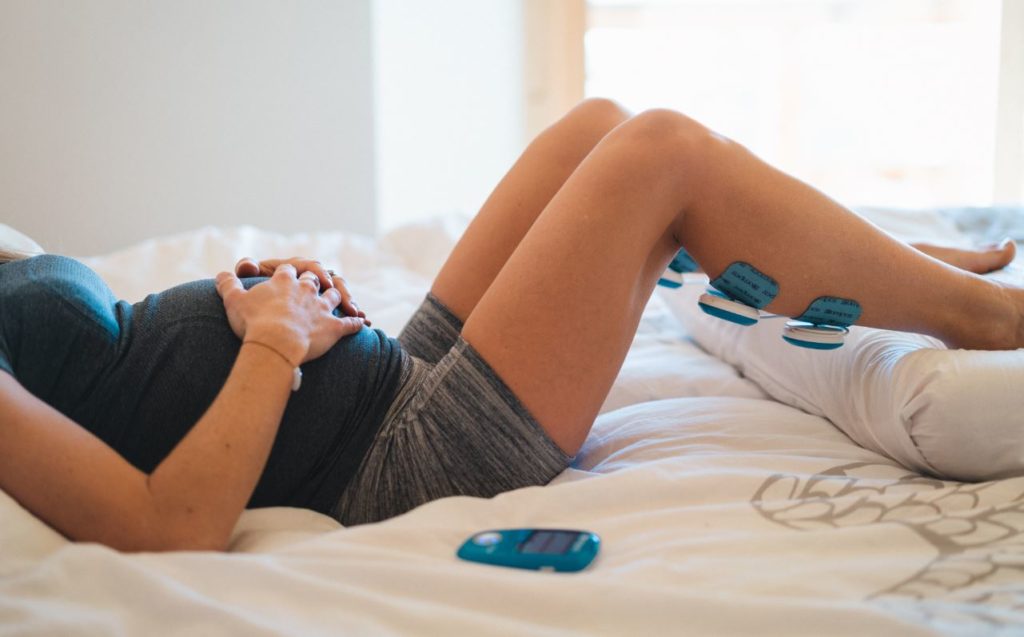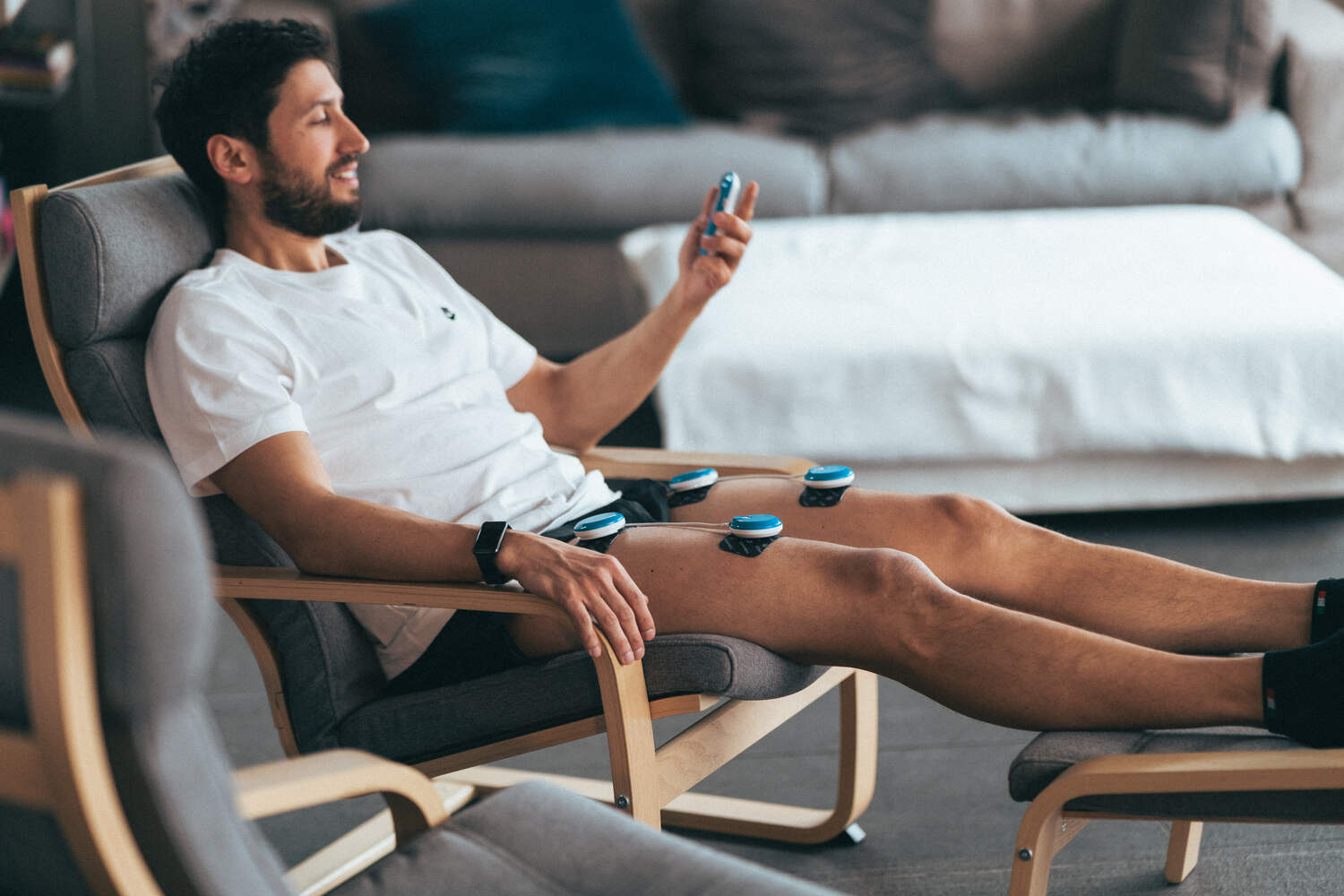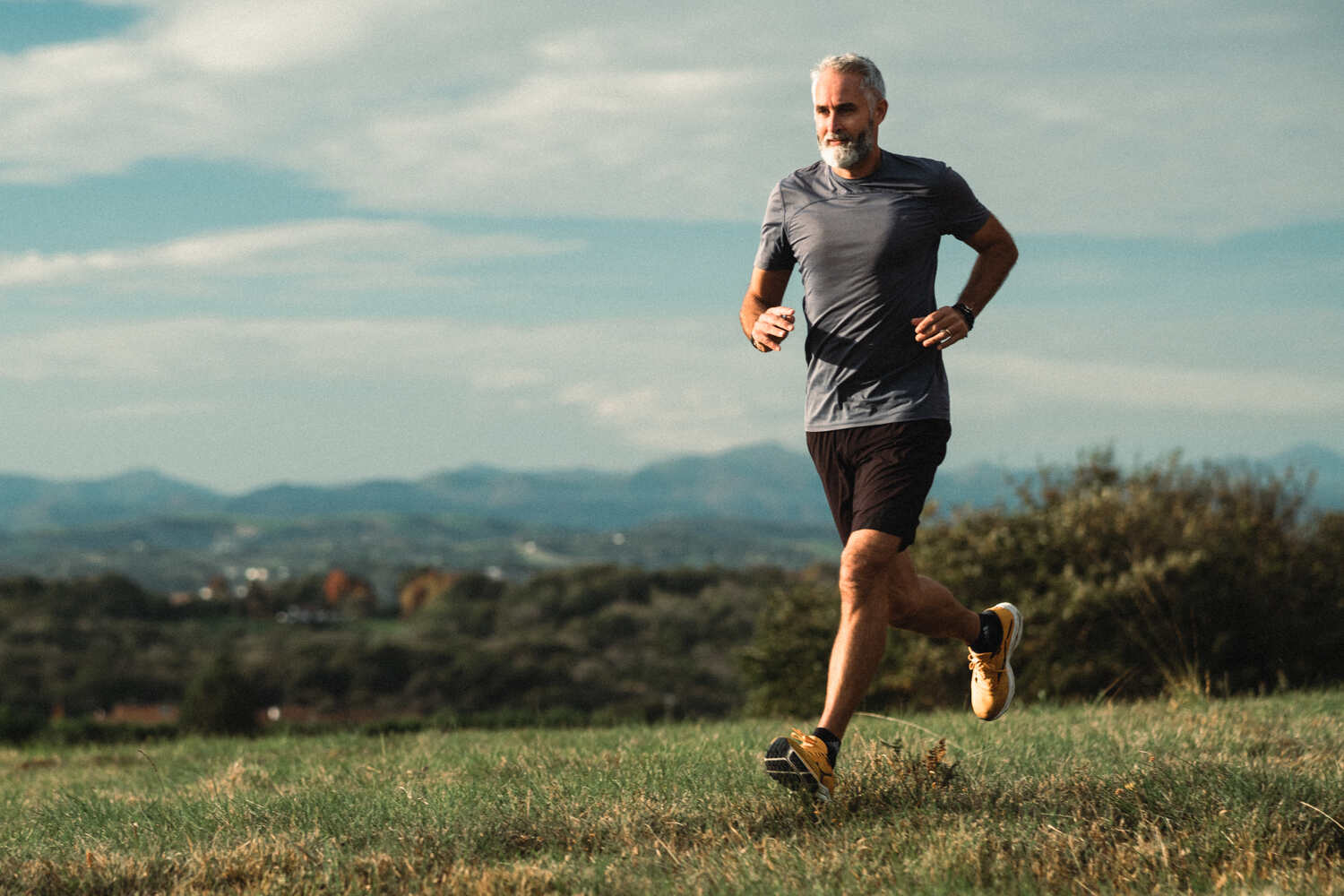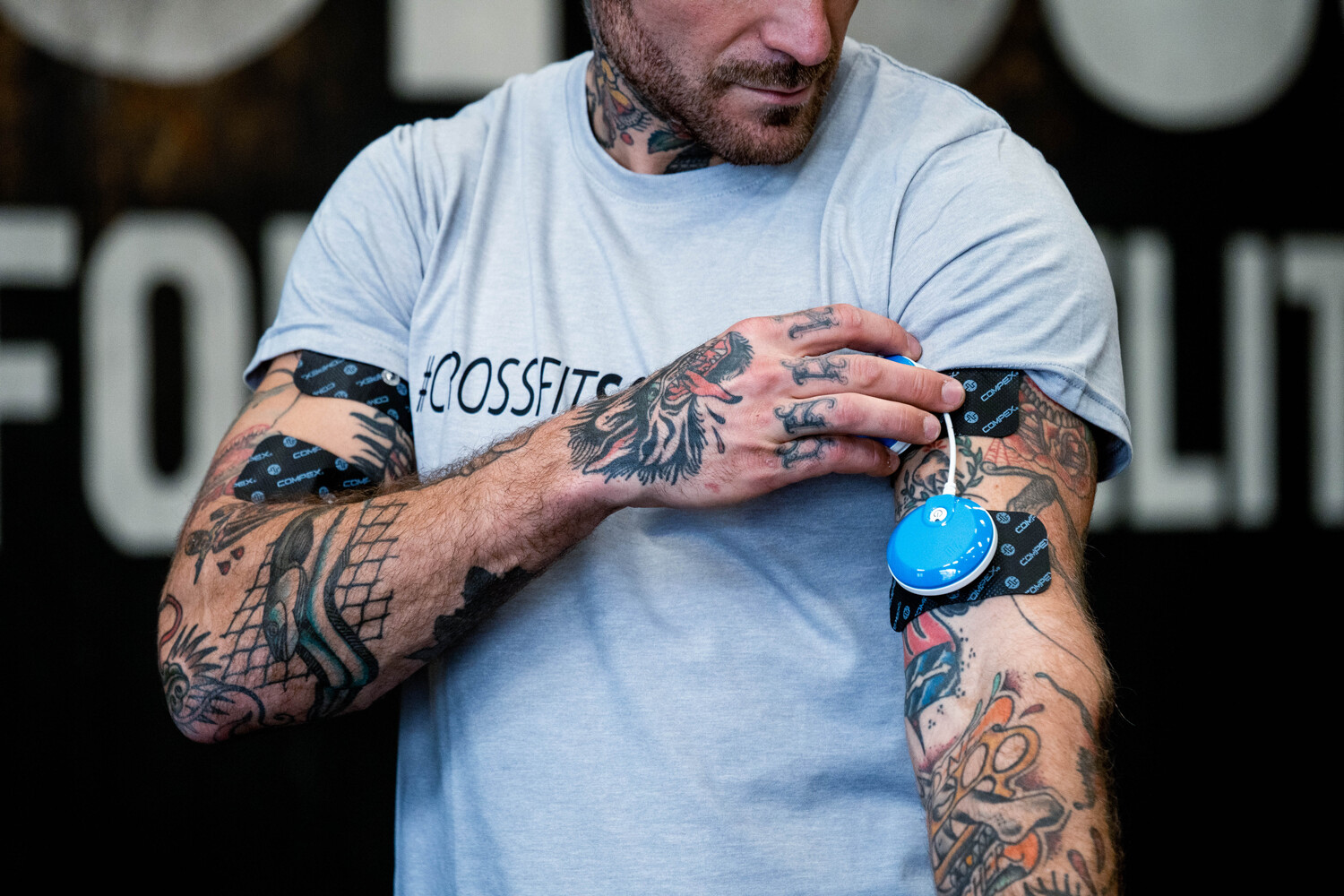Training
Search
Page
- You're currently reading page 1
- Page 2
- Page 3
- Page Next Page

















